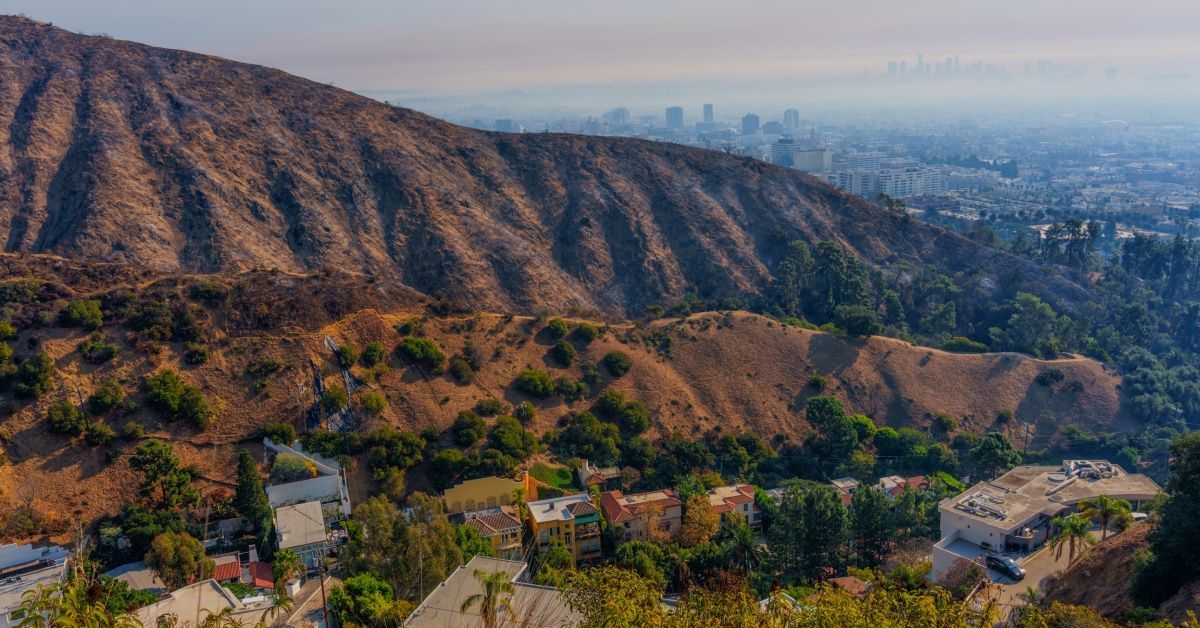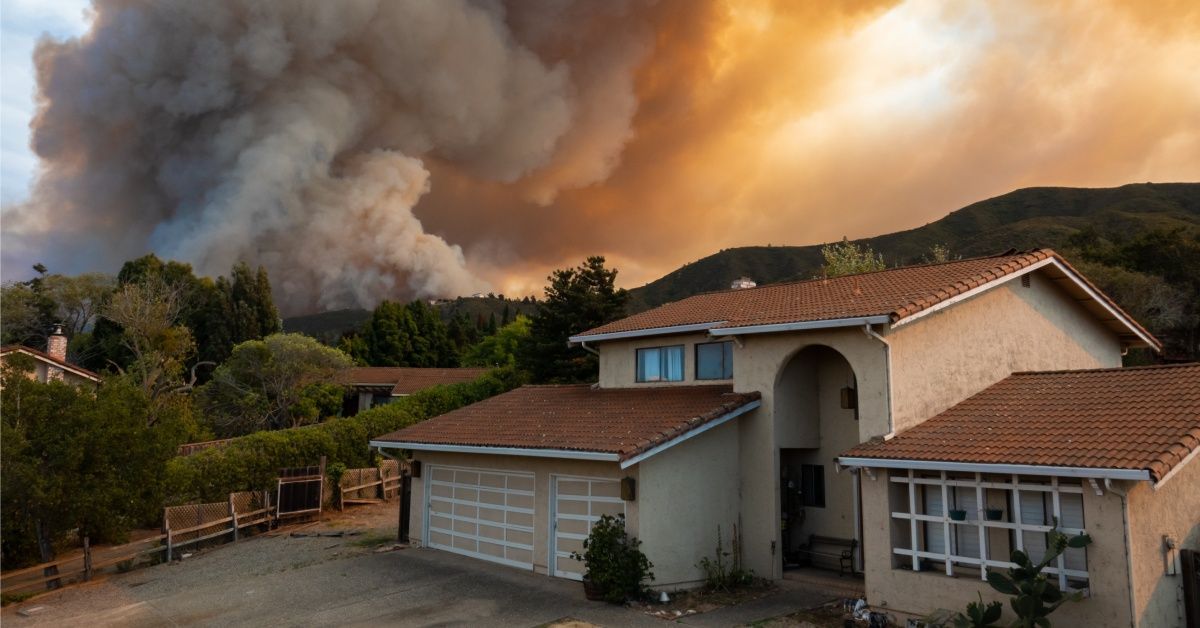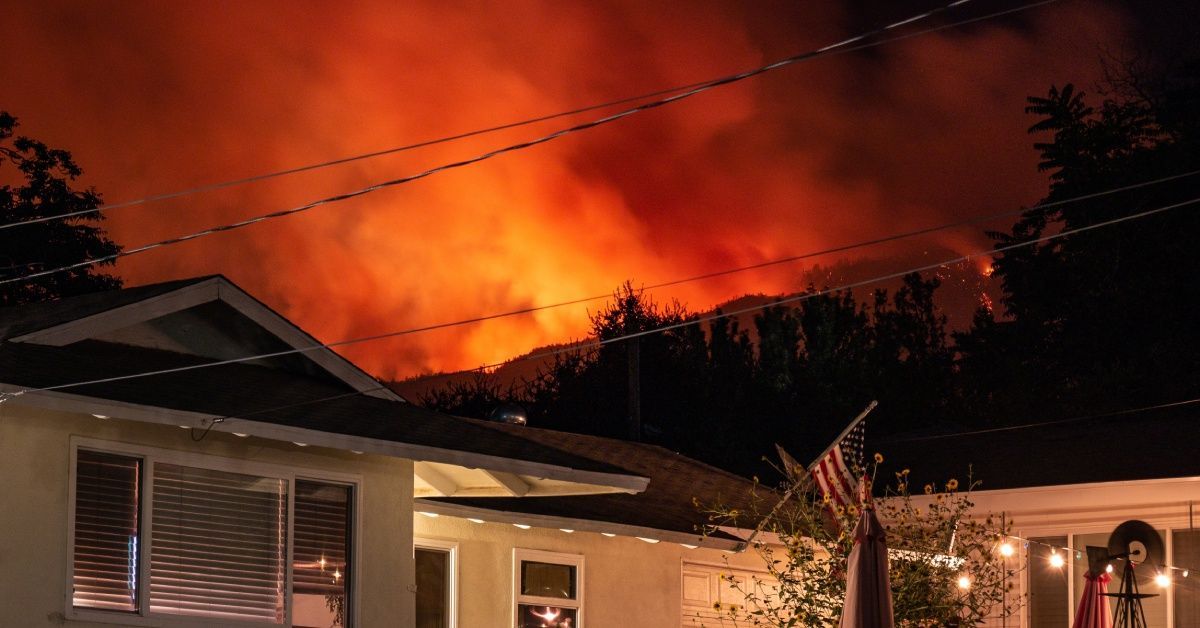The Art of Firescaping and Fire-Resistant Landscape Design

Wildfires are becoming an increasingly pressing concern in many regions, particularly in fire-prone areas like California. Homeowners must take proactive measures to safeguard their properties, and one of the most effective methods is firescaping.
Firescaping combines fire prevention strategies with thoughtful landscape design, creating a defensible space around your home while maintaining beauty and functionality. Here, we’re highlighting the art of firescaping and fire-resistant landscape design to guide you through making thoughtful choices for your home and family’s safety.
What Is the Goal of Firescaping?
At its core, firescaping aims to reduce the risk of wildfire damage by designing a landscape that protects your home. This approach focuses on creating defensible zones surrounding your property, using fire-resistant plants, proper spacing, and non-combustible materials to slow the spread of flames. Firescaping also ensures that your outdoor space remains aesthetically pleasing and functional year-round.
By implementing firescaping principles, you can significantly improve the chances of your home surviving a wildfire while minimizing environmental impact.
How Do You Create Defensible Zones?
Defensible space is the foundation of firescaping. This space is strategically divided into three separate zones, each with unique requirements to maximize fire resistance.
- Zone 1 – Immediate Zone: This zone extends about five feet from your home and should be kept as clear as possible. Use non-combustible materials like gravel or concrete for ground cover and avoid planting flammable vegetation directly against your home.
- Zone 2 – Intermediate Zone: Stretching from 5 to 30 feet around your home, this zone allows for more landscaping but still requires careful plant placement, proper irrigation, and regular maintenance.
- Zone 3 – Extended Zone: Extending 30 to 100 feet, this area focuses on controlling vegetation. Thinning and pruning trees, removing dead plant material, and spacing plants appropriately are critical in this area.
Creating these zones ensures that potential fires will have fewer opportunities to reach your property and gives firefighters more time to act.
What Plants Should You Use for Firescaping?
Choosing fire-resistant plants is important to successful firescaping. Fire-resistant species are less likely to ignite and can slow the spread of flames. Consider the following plant types based on your climate:
- Trees: Use species like oak, maple, or ornamental pear that have high moisture content and low resin levels.
- Shrubs: Rockroses, shrub roses, and currant bushes are excellent choices, as they offer beauty and fire resistance.
- Ground Covers: Choose plants like creeping thyme, creeping phlox, or low-growing succulents to cover the ground safely.
These plants should be hardy, drought-tolerant, and able to thrive with minimal upkeep. Allstate Landscape Services can help you select the best plant varieties for your local climate and preferences, ensuring a low-maintenance and fire-resistant yard.

How Should You Space Plants Properly?
Plant spacing plays a critical role in preventing fire spread. Both horizontal and vertical spacing should be considered to create a break in fuel sources.
For horizontal spacing, leave sufficient gaps between plant clusters to avoid continuous fire pathways. Specific spacing recommendations depend on plant size, but the rule of thumb is at least twice the height of a shrub or small tree.
Vertical spacing ensures taller plants are separate from ground-level vegetation. Keep a minimum of 10 feet between the crown of trees and any vegetation below to prevent ladder fuels from carrying flames upward.
Proper spacing ensures that even if part of your landscape catches fire, it’s less likely to spread uncontrollably.
What Role Does Irrigation Play in Fire-Resistant Landscapes?
Regular watering is a vital aspect of firescaping. Healthy, well-hydrated plants are significantly less likely to ignite compared to dry or stressed vegetation. To achieve optimal irrigation consider the following:
- Install a drip irrigation system to deliver water directly to the roots and minimize waste.
- Water deeply but infrequently to encourage strong root systems.
- Regularly check and maintain your irrigation system to prevent leaks or clogs.
By keeping your landscape hydrated, you’ll ensure that it remains fire-resistant during peak fire season.
How Should You Maintain Your Landscape Year-Round?
A fire-resistant landscape requires consistent maintenance to remain effective. Here’s what you should do:
- Pruning: Trim overgrown branches and shrubs to ensure proper spacing and reduce fire fuel.
- Debris Removal: Rake up fallen leaves, pine needles, and other debris that could ignite.
- Weeding: Regularly clear invasive weeds that dry out quickly and pose a fire hazard.
- Mowing: Maintain short, well-mowed grass, especially during hot and dry months.
Routine upkeep is essential for maintaining a defensible space and ensuring that your landscape stays safe and resilient over time.
What Hardscaping Elements Can Provide Fire Resistance?
Hardscaping complements your firescaping efforts by using non-combustible materials to create fire barriers. Consider incorporating elements such as:
- Pathways and Patios: Use stone, gravel, or concrete to create attractive, fire-resistant outdoor spaces that also act as natural fire breaks.
- Retaining Walls: Fire-resistant retaining walls made of stone or concrete protect slopes and prevent the spread of flames.
- Driveways and Walkways: Make sure these areas are free of flammable vegetation to offer safer exit points during emergencies.
These features will enhance aesthetics and usability but also serve as critical components of a fire-resistant landscape.

Why Are Local Regulations Important in Firescaping?
Understanding and complying with local regulations is critical when designing a fire-resistant landscape. Many fire-prone regions have specific codes and guidelines regarding defensible space and vegetation management.
Check with your local fire department or city services to ensure you meet these requirements. Some municipalities even offer incentives or rebates for implementing firescaping measures, which makes it financially beneficial to protect your home.
How Can a Professional Help With Firescaping?
While DIY firescaping is possible, hiring a professional landscaping company has its advantages. Experienced landscapers provide customized solutions tailored to your property’s unique needs.
From designing defensible zones to selecting the best plants and materials, their expertise ensures an effective, safe, and visually appealing outcome. Professionals also save you time and effort so that you can focus on enjoying your outdoor space without worrying about wildfire risks.
Start Creating Your Fire-Resistant Landscape Today
The growing threat of wildfires underscores the importance of investing in firescaping and fire-resistant landscape design . By creating defensible zones, using fire-resistant plants, and maintaining your property diligently, you’ll safeguard your home and protect your community.
Take the first step today and implement these tips to transform your property into a beautiful, fire-resistant haven. Together, we can make a difference.
Allstate Landscape Services is proud to provide professional fire-resistant landscape design and consultations to Southern California residents. We understand the unique demands of protecting your home from wildfires and are here to help. Get in touch today to begin protecting your home and family.
